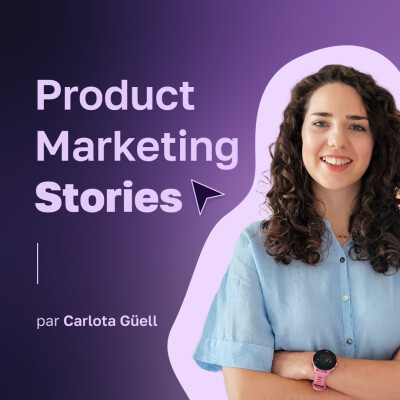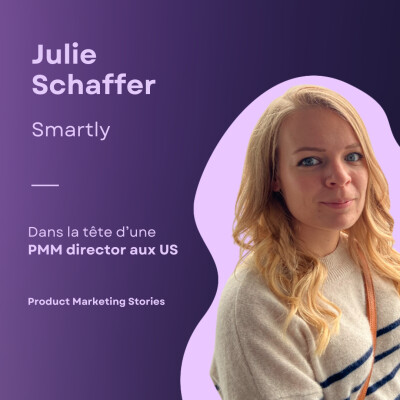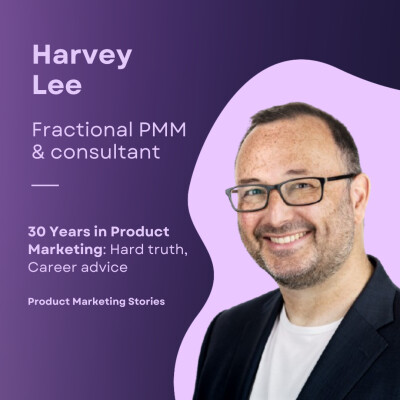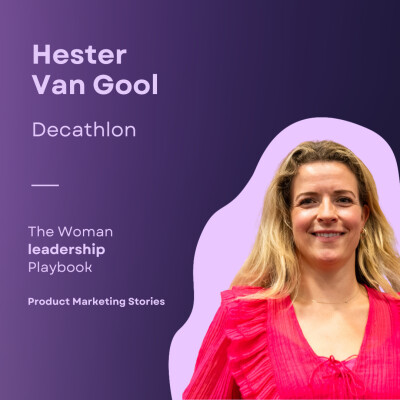Description
Theresa, Head of Product Marketing at Qonto, gives a wrap-up of her keynote delivered during the last PMA Summit in Paris.
Qonto is the leading European business finance solution serving SMEs to simplify their day-to-day finances.
I had the opportunity to interview Theresa immediately after her speech.
She explained why instead of focusing on feature launches, we should concentrate on relevant use cases in order to create powerful narratives for target audiences.
In this short episode, discover:
👉 What moving from tactical launches to strategic narratives entails
👉 The impact on business metrics
👉 Best practices to engage stakeholders in this shift of mindset
👉 Why celebrating successes is so important
Enjoy!
It is the first time a release this kind of episode (in english!), don't hesitate to tell me what you think about it via private message on Linkedin.
RESSOURCES🛠️
Find Theresa on Linkedin
Discover plenty of resources & courses on Product Marketing Alliance
CONTACT ME👋
Write to me on Linkedin: your feedback brings me joy!
Follow the Linkedin account Product Marketing Stories to stay updated on the release of new episodes.
SUPPORT THE PODCAST FOR FREE🙏
Subscribe 🔔
Leave a 5 ⭐ review on Spotify and Apple Podcasts (here).
Mention the podcast on Linkedin and share it with everyone who wants to develop their skills in Product Marketing!
Vous aimerez cette émission, si vous aimez : Marketing Square • Le Podcast du Marketing • Le café du market • Clef de Voûte • Lenny’s Podcast • Les podcasts du Ticket • Product Squad
Ici on parle de : Product Marketing • branding • business • communication • carrière • PMM • PM • Sales enablement • positionnement • messaging • go to market, • stratégie de lancement produit • copywriting • storytelling • inbound marketing • conseils marketing • marketing automation • marketing digital • growth marketing • persona • réseaux sociaux • stratégie • IA • freelance • audience • chatgpt • email marketing • saas tech B2B • B2C • use-cases • positioning • best practice • product management • product design • women leadership • pricing • founding PMM • competitive intelligence • concurrence • insights • buyer persona • user journey • funnel marketing • marketing mix
Hébergé par Ausha. Visitez ausha.co/politique-de-confidentialite pour plus d'informations.

![How to move from tactical launches to strategic narratives | Qonto | Theresa Gschwandtner [PMA SUMMIT] cover](https://image.ausha.co/lpeccz8Fa4zTJeFWol4n7DVTFRIw1GXPibwPJpV0_400x400.jpeg)


![7 conseils pour débuter, évoluer, avoir de l'impact en Product Marketing par 7 leaders [COMPIL] cover](https://image.ausha.co/nqkjNGjVYsnB6dTySjCrBjLZEgp2BQUnjSEteQN5_400x400.jpeg)
